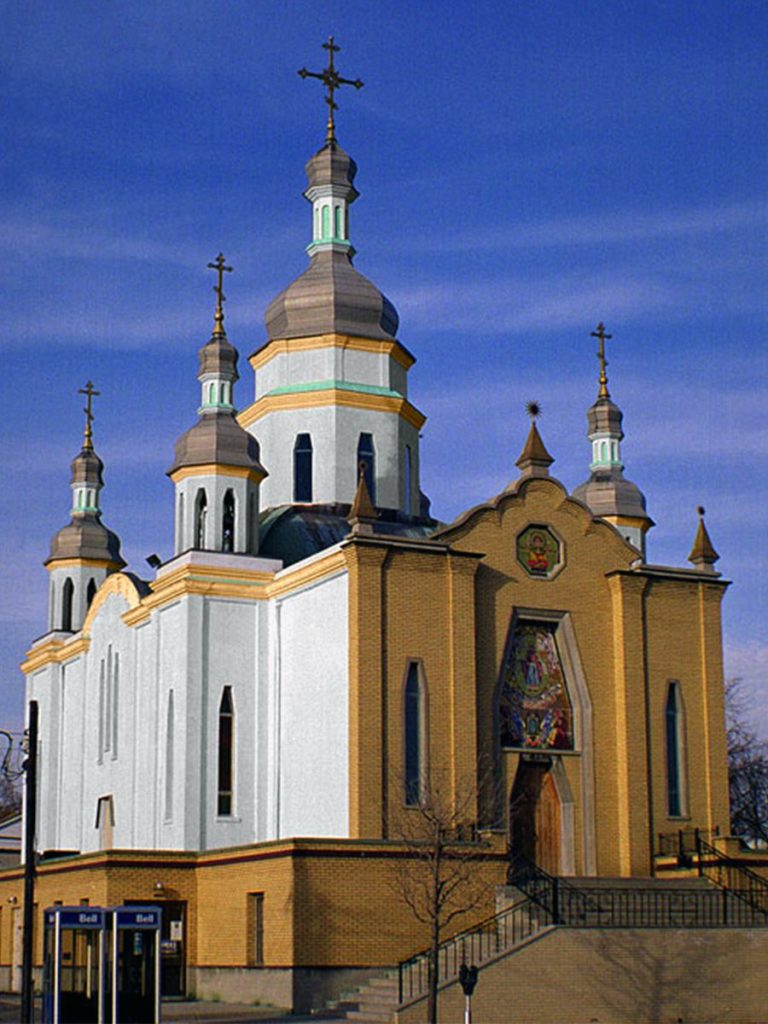
“Be Still and Know that I am God” (Psalm 45:11)
by Rev. Fr. Andrew Jarmus,
Director of Missions and Education, UOCC,
Winnipeg, Manitoba
There is a story about an old man who would sit in church for hours, without praying. When asked what he was doing just sitting in the church, he replied, “I look at Him, He looks at me and we are happy together.” This story points out an important concept that the Fathers of the Church have stressed throughout the ages. That is the concept of “hesychia” or stillness and silence.
If we take a close look at our world, we will see that almost every aspect of our lives is filled with noise. Noise for the ears, noise for the eyes and especially noise for the mind. It is very seldom that we take an opportunity to be without noise or distraction. One Orthodox nun talks about the abundance of signs and advertising that she notices on her trips outside her monastery – “visual noise” which we take for granted. Sit and listen at various times of the day and try to find moments in which you are in complete silence. Try sometime to go a day without initiating some sort of noise such as the TV, radio, telephone, stereo, etc.
In North America, we spend our lives on the go – working, playing, always “doing”. The Orthodox Church teaches us that silence and stillness is the starting point of spiritual growth and it is also its final achievement. There must be a time when we stop everything, good or bad, and alertly wait, simply standing in God’s presence, ready for whatever He chooses to give us.
The Fathers often speak of our prayer life as a lake which when agitated, even with the slightest ripple, cannot clearly reflect what is around it. The same lake, when still, provides a near perfect mirror image of it’s surroundings. Metropolitan Anthony states that “Silence is the state in which all the powers of the soul and all the faculties of the body are completely at peace, quiet and recollected, perfectly alert yet free from any turmoil or agitation.” He goes on to say that stillness is how we give God the opportunity to reveal Himself to us because it is in stillness that we are more likely to notice.
One of the great spiritual fathers of our Church, St. John of the Ladder, author of “The Ladder of Divine Ascent”, says stillness is “worshipping God unceasingly and waiting on Him.” St. John’s prescription for prayer is threefold:
- Disengagement from every affair good and bad;
- Urgent prayer;
- Inviolable activity of the heart.
Step one means that we are to put all external and inner distractions and noisiness aside. These would also include mental images, expectations of God and even past experiences of Him. In order to achieve this state, we have to give up everything and remain alert so as to be ready for God to reveal Himself to us as He chooses to. As long as there is any outer or inner motion or activity, we are like the pond which has had it’s muddy bottom disturbed and no linger gives a clear view. As Christ says in the Sermon on the Mount, “Blessed are the pure in heart, for they shall see God.” (Matt 5:8) Step two refers to a rule of prayer and step three refers to ceaseless prayer such as the Jesus Prayer. He goes on to stress that “…just as you have to know the alphabet if you are to read books, so if you have missed out on the first task, you cannot enter upon the other two.”
In short, the start of prayer is to set aside time to practice stillness and silence. Sit or stand before God in a quiet place and try to rid yourself of all thoughts and actions. Then be alert and wait quietly for God to act. Start with short periods and try to increase them in length with time and practice. The end of prayer is to reach a level of comfort with God that no words need to be spoken and that you are comfortable just being in His presence. This is when real prayer can begin.
